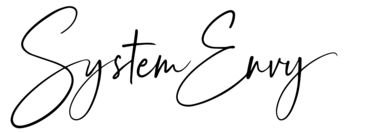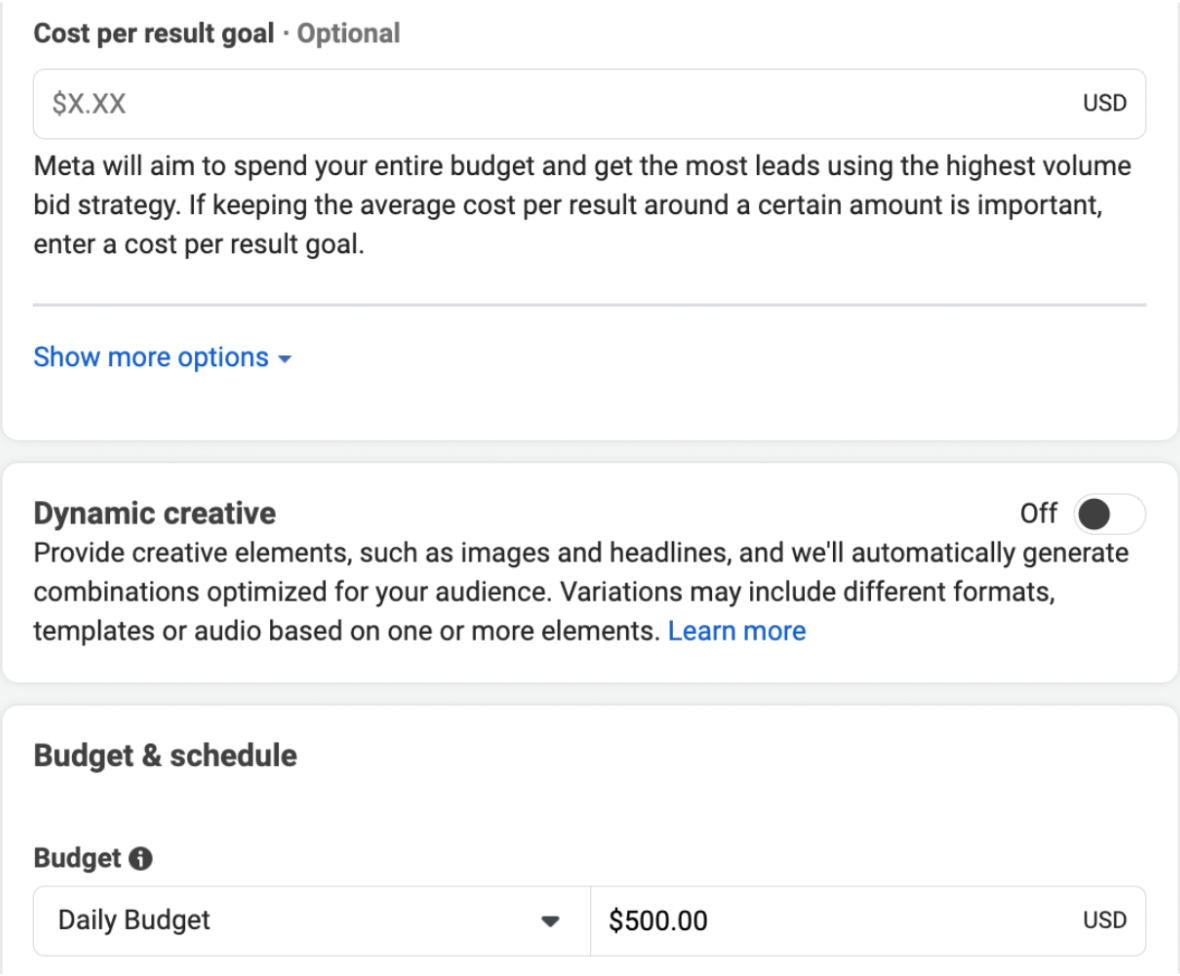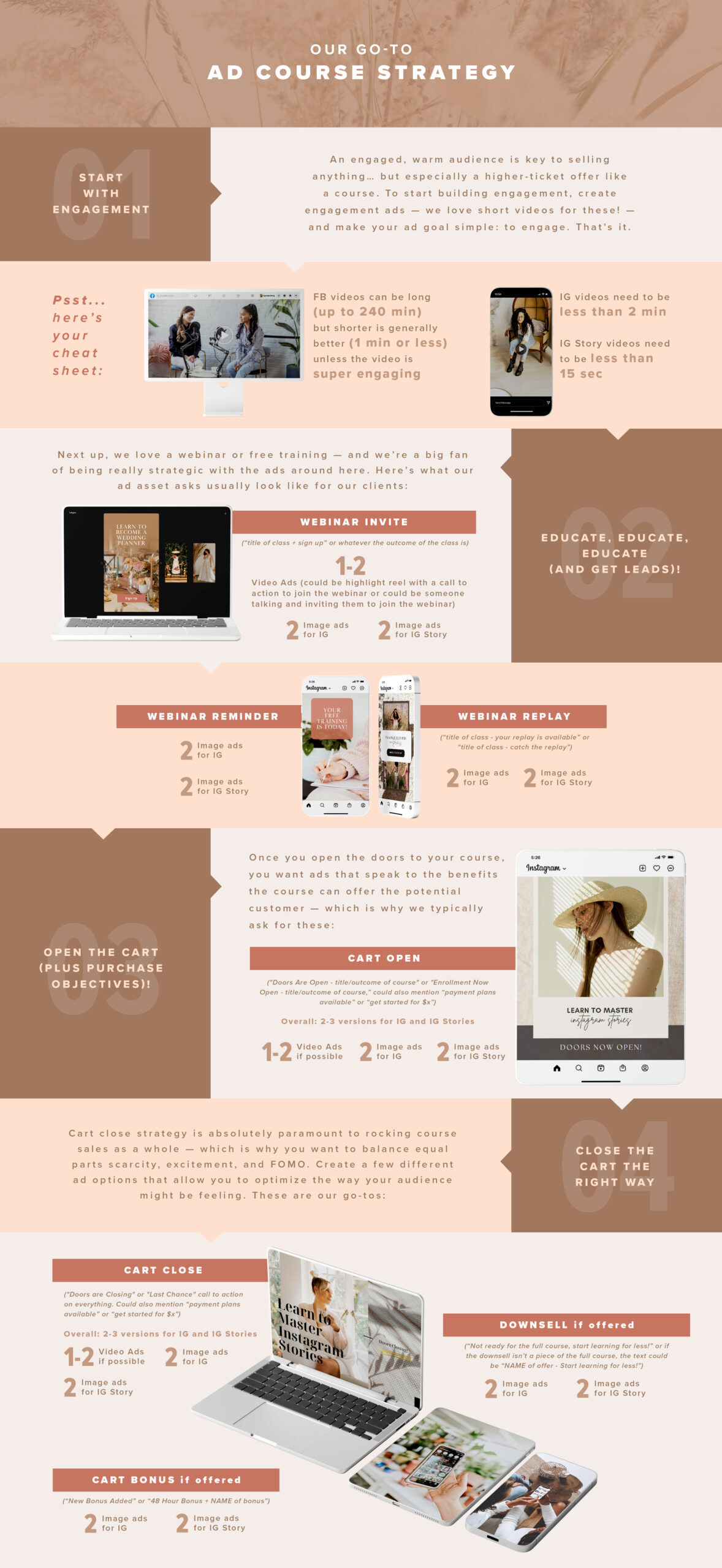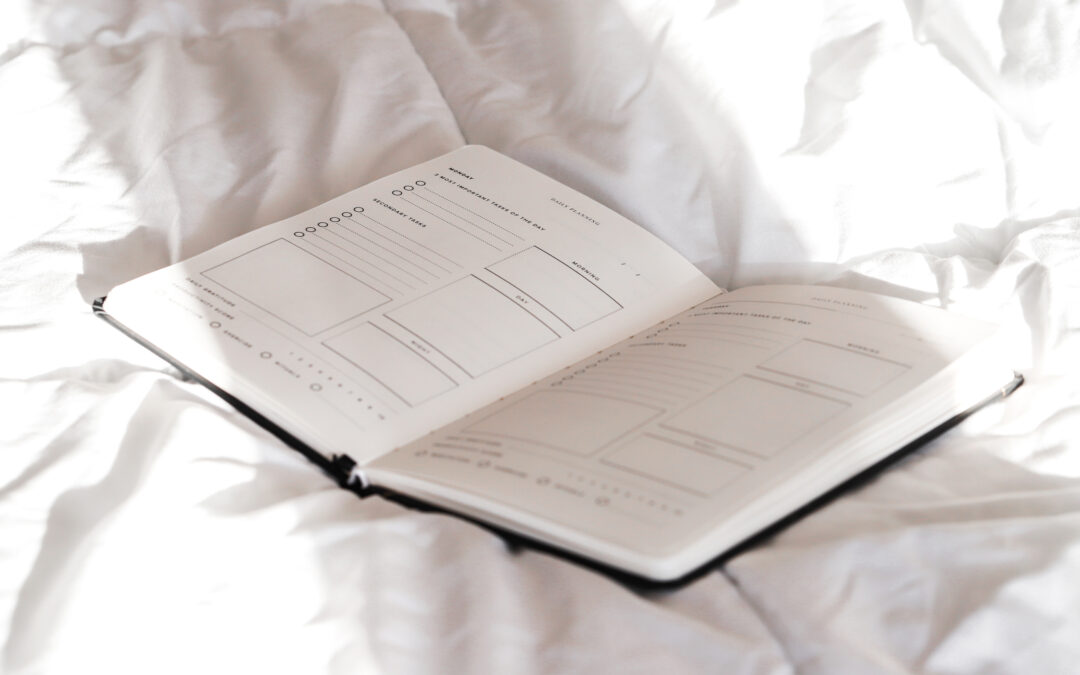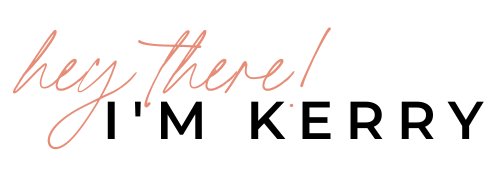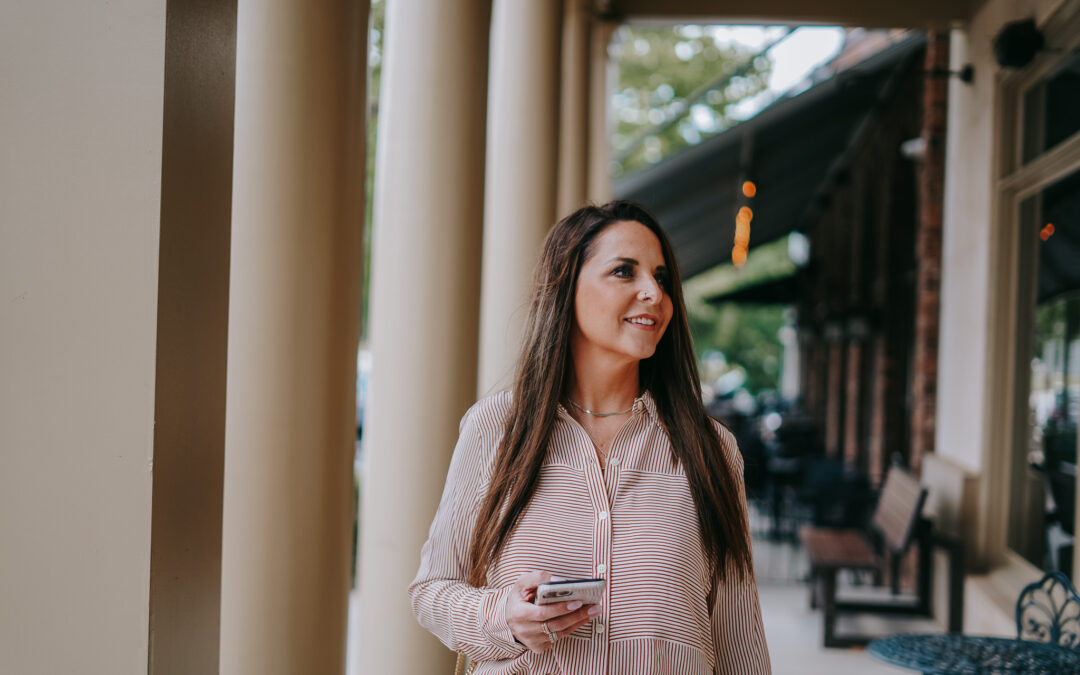
The Key to Getting off the Content Hamster Wheel
Do you ever feel like you’re on a constant content wheel that’s spinning and spinning (and spinning some more), only to never really go anywhere? It’s like between Instagram stories, TikToks (ugh), the ever-elusive video content, the grid posts, and the blogging, it never, ever stops.
It’s exhausting.
But, tough love here (and I’m heavy on the love part, because I feel the same way you do)… content creation is a necessary part of growing a business today. Continually pushing out (quality) content is key to helping grow your organic traffic and followers, and it also leads you toward highly engaged audiences.
Good news, though: you can take that content hamster wheel and put it to some seriously good use. I promise. Here’s how:
- Use your content for between-launch ads!
Instead of just sending your content into the SEO and social media stratosphere (which, don’t get me wrong, you should still do!), integrate it into your ads content as well. We do this a ton over here with our clients by using IG posts and Reels as engagement ads — which keeps an audience highly engaged and helps the Ads Manager learn more about what works for your specific audience.
- Remember that quantity > perfectionism = key to good content
There are two important things to remember when it comes to your content: original content is being prioritized by the Facebook algorithm, and ads do fatigue. Remembering those, it’s definitely easy to remind yourself of the importance of content creation – and of creating content that your audience will love, even if it’s not professionally produced or exactly as perfect as you might want it to be.
See, here’s a quick case study:
One of our clients is such a content queen, and she’s always pumping out the Reels and the content for us, which gives us SOSOSO many options for ads and allows us to continually engage her audience. With that, we have so much to pull from that our ads allow for tons of testing and have much better optimization.
On the other hand, we have a (still incredible!) client who isn’t much for posting on IG. She posts maaaaybe once a month, and we have to ask for Reels pretty often. The engagement rate isn’t as high as our other client, and it is a little trickier to test.
But…
Here’s the thing, though: This is a common problem — because creating content can really go hand in hand with a lot of perfectionism, especially as an entrepreneur. It can be so easy to never want to post or act unless something’s perfectly branded, and done. I get that, and I’ve felt it, too (like, daily).
And guess what? Perfectionism can limit your growth opportunities. Don’t do that to yourself! Instead, create content that feels good — and then TRUST in your own expertise and in your audience.
That’s all it takes.
Hamster wheel no more. 🙂 Just have fun with it, and then put it to good use!
